Add an effortless, boho vibe to your wardrobe with the Marika Swacho! This crochet lace sweater poncho is perfect for layering over shirts, dresses, or tanks
The free pattern is below or purchase the printable PDF if you prefer a pattern without ads.

This pattern is part of a collaboration with Lion Brand Yarns. This post contains affiliate links.
Jump to:
A Wide Pullover Sweater/Poncho
A batwing lace shirt made from two crescent shapes. What do we call it?!
I landed on "swacho," because it's a little bit of everything flowy and feminine. Think of it as a wide sweater with sleeve cuffs—or a poncho with sleeves—bringing the best of both worlds.
Easy to make and comfortable to wear, the Marika Swancho looks just as great dressed up for brunch as it does thrown on for a cozy day at home.
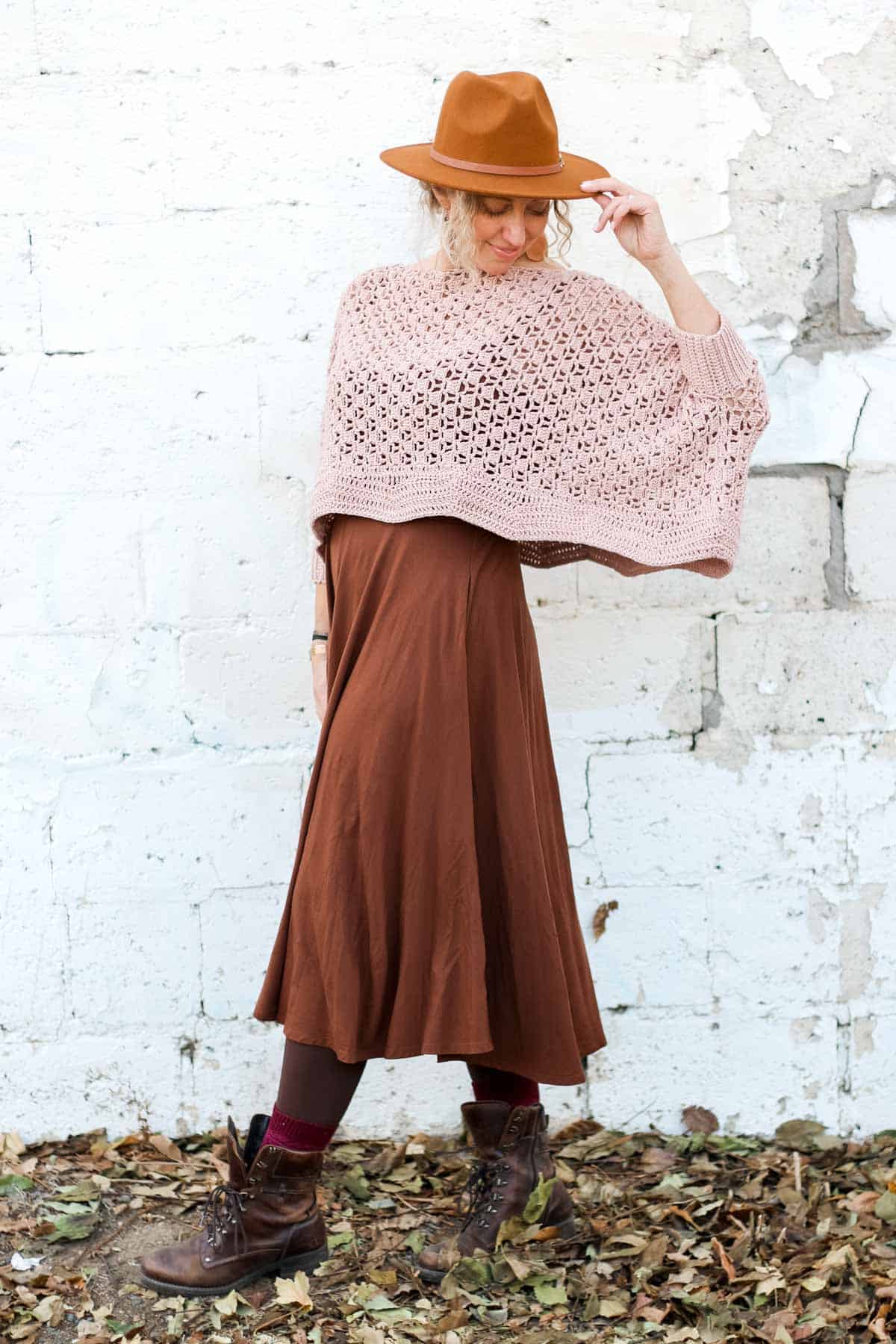
The Construction
First we create two identical crescent shapes by working sideways in an easy lace stitch.
After seaming the main panels together, we add very simple sleeve cuffs using a join-as-you-go ribbing method.
Lastly, we extend the length by working rounds in a flowy ripple wave stitch around the bottom of the sweater. This is an ideal place to customize your sweater because you can continue adding rounds until you're happy with the length.
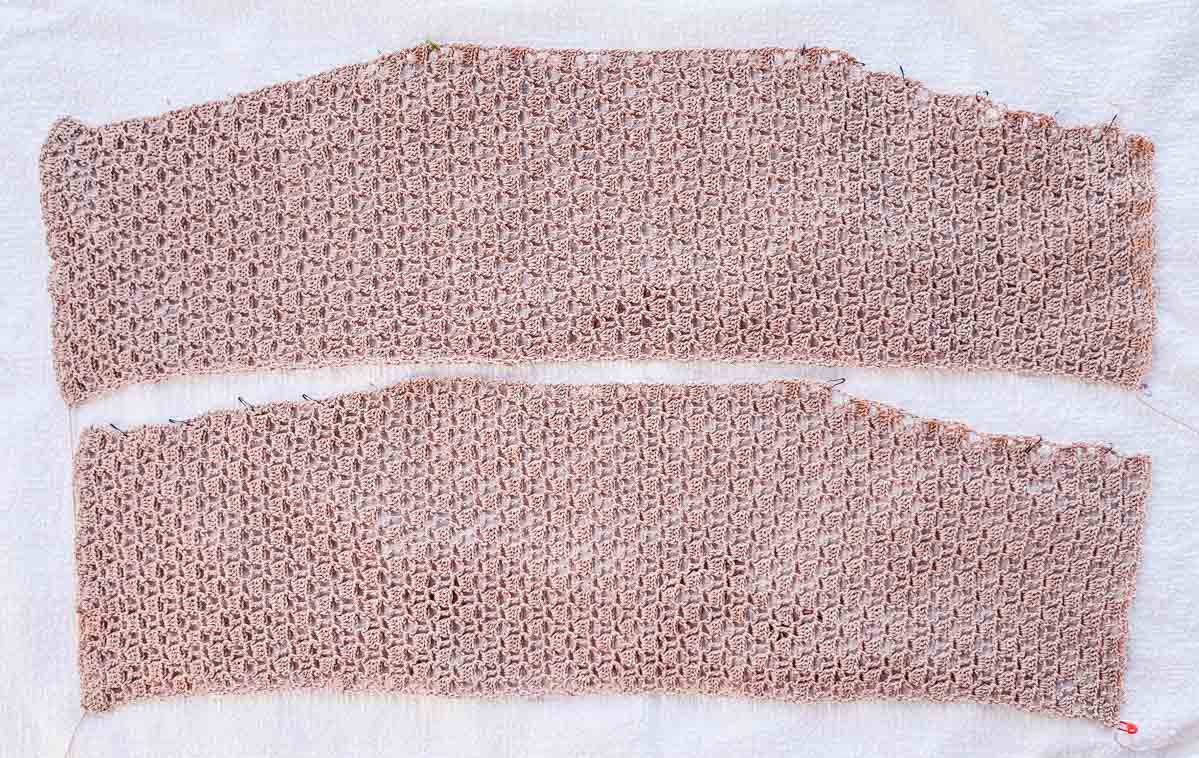
Print this Pattern
Prefer to crochet on the couch? Need a portable, printable pattern? You'll love the premium PDF! The instantly downloadable, ad-free file is formatted for easy printing and includes the complete pattern, all the photo tutorials, and a stitch chart.
All-in-One Crochet Kit
The all-in-one kit is a perfect way to make your Marika Swancho. This bundle from Lion Brand includes all the 24/7 Cotton you'll need, plus a bonus printable PDF of the pattern (delivered digitally).

Marika Swancho - Free Pattern
Supplies + Materials
Order an all-in-one kit from Lion Brand here.
• Lion Brand 24/7 Cotton (Weight: 4/Medium - 170 yds, 3.5 oz/100 g)
Color: Beachnut [761-123AZ] – 6 (7, 8, 9) skeins [(approx. 600 (700, 800, 900) g)]
• Tapestry needle
• Size I (5.5 mm) crochet hook or size needed to obtain gauge
• Size H (5.0 mm) crochet hook or one size smaller than larger hook used
Sizes / Measurements
The sample pictured is a M/L on a 5’9” model with a 40” bust. For a less "bat-wing-y" (i.e. wide) sweater, consider making a smaller size sweater. You can add more chain stitches in the foundation row of the sleeve cuff to extend the overall width of your garment if desired.
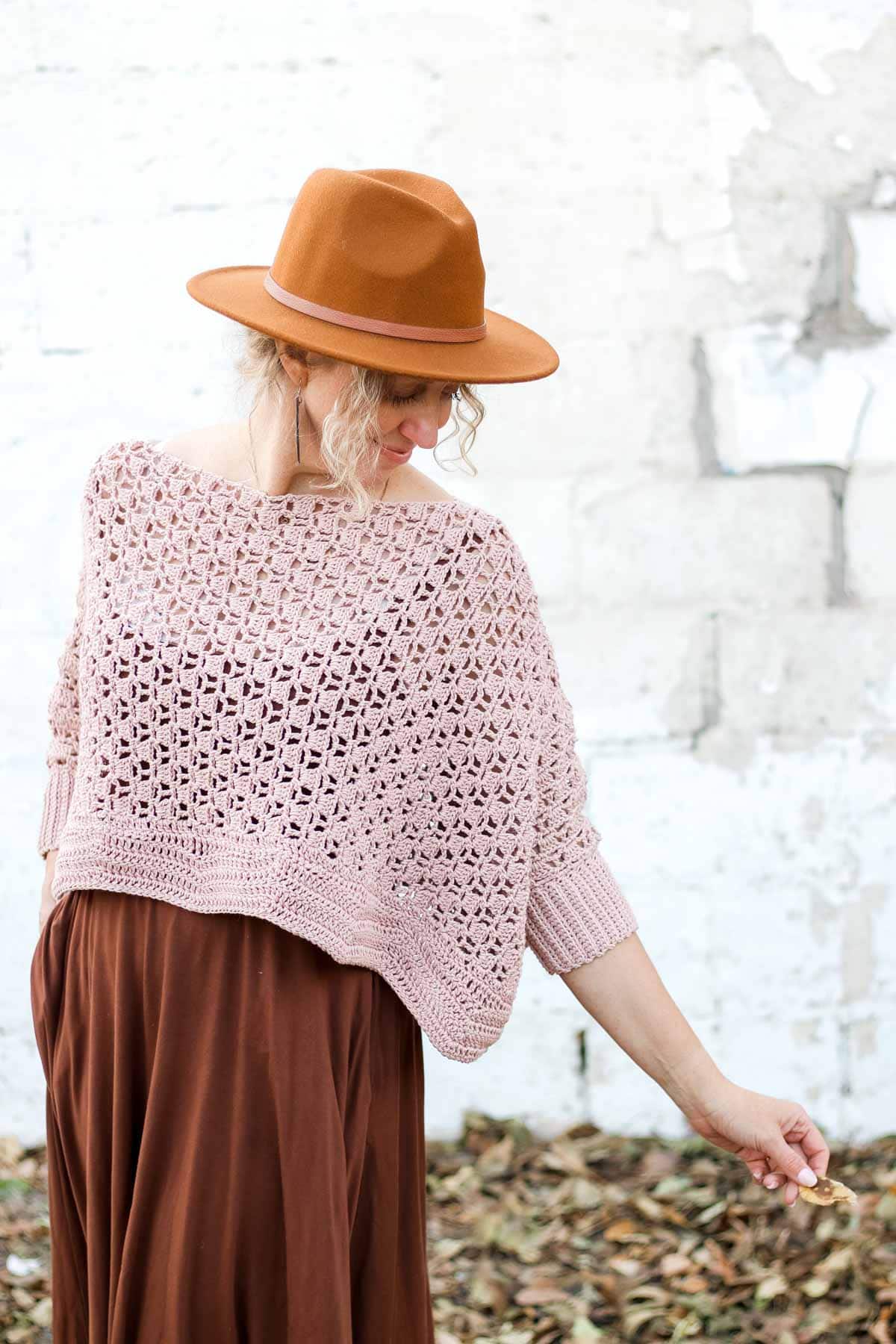
| Size | Fits Actual Bust | Length | Width* |
|---|---|---|---|
| XS/S | 31”-35” | 15.25” | 47” |
| M/L | 39”- 43” | 16.5” | 51.5” |
| 1X/2X | 47”- 51” | 18” | 51.5” |
| 3X/4X/5X | 51” - 59” | 19.25” | 55.75” |
Gauge
3 repeats: [4 dc cluster, ch 1, dc, ch 1] = 4"
9 rows of main panel pattern (beginning and ending on a ch3 row) = 4”
Skill Level
This lace sweater is an intermediate level pattern because it requires increasing, decreasing and some counting. If you're newer to crocheting garments, the video tutorial will be a huge help in guiding you through each step.
Abbreviations + Glossary (US Terms)
ch – chain
chsp – chain space
dc – double crochet
hdc – half double crochet
PM – place marker
rep – repeat
RS – right side
sc – single crochet
scblo – single crochet through the back loop only
sk – skip
slst – slip stitch
st(s) – stitch(es)
tch – turning chain
tr – treble crochet
WS – wrong side
yo – yarn over
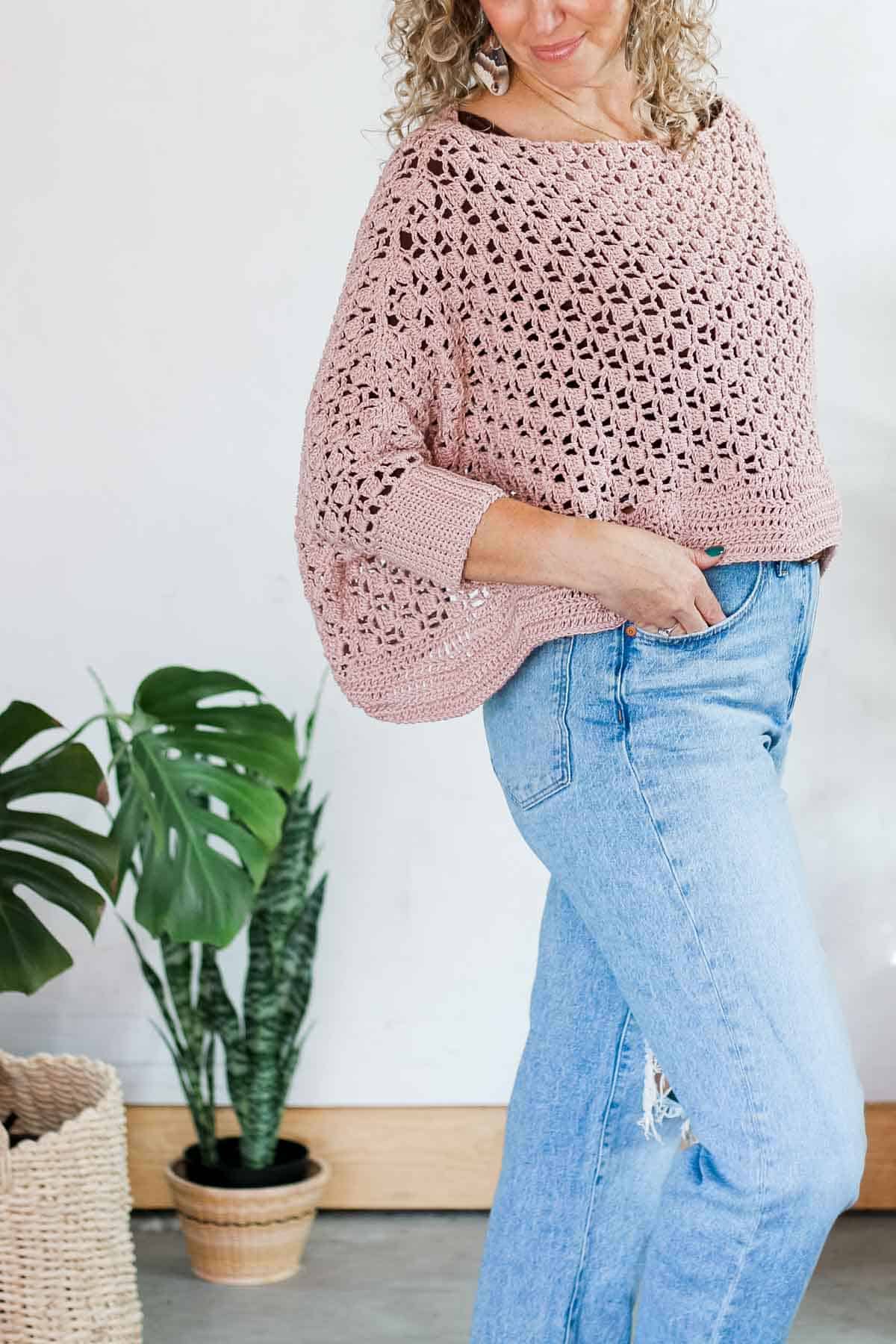
Special Stitches
dc2tog – double crochet two together
- Yarn Over + Insert Hook: Wrap the yarn over your hook (yo). Insert your hook into the first stitch where the decrease begins.
- Pull Up a Loop: Yarn over again and pull up a loop. You should now have 3 loops on your hook.
- Yarn Over and Pull Through Two Loops: Yarn over and pull through the first two loops on your hook. Now, you have 2 loops remaining on the hook.
- Start the Next Stitch: Yarn over again, and insert your hook into the next stitch.
- Pull Up a Loop: Yarn over and pull up a loop. You now have 4 loops on your hook.
- Yarn Over and Pull Through Two Loops: Yarn over and pull through the first two loops on your hook. You now have 3 loops remaining.
- Complete the Decrease: Yarn over one last time and pull through all 3 loops on your hook. You’ve now turned two stitches into one.
dc3tog – double crochet three together
- Complete steps 1-6 as for dc2tog. You will have 3 loops on hook.
- Start the Third Stitch: Yarn over again, then insert your hook into the third stitch.
- Pull Up a Loop: Yarn over and pull up a loop. You now have 5 loops on your hook.
- Yarn Over and Pull Through Two Loops: Yarn over and pull through the first two loops on your hook. Now, you have 4 loops remaining.
- Complete the Decrease: Yarn over one last time and pull through all 4 loops on your hook. You’ve now turned three stitches into one.
Wanna save this pattern?
Video Tutorial
Follow along with a step-by-step video tutorial.
Print This Pattern: purchase the ad-free, printable PDF
Overall Pattern Notes
- If you’re new to reading crochet patterns, check out more info here.
- Instructions are written with the stitch count for the smallest size first and each larger size following in parentheses, for example: XS/S ( M/L, 1X/2X, 3X/4X/5X). It can be very helpful to highlight the numbers for your size before beginning the project. When only one number is given, it pertains to all sizes. Stitch counts at the end of each round are for given sizes.
- Chain 3 at the beginning of row counts as one double crochet throughout.
- Chain 4 at the beginning of row counts as one double crochet + 1 chain space throughout.
Permissions + Copyright:
Please do not publish or share this pattern as your own. You may make items to sell with this pattern. In exchange, please link back this post. Do NOT use our photos as your own sales photos.
!! Gauge Check !!
Please don’t skip this step or you will risk your swancho not fitting as expected.
To check gauge, with larger hook:
Foundation: Ch 41.
Row 1 (WS): Sc in second ch from hook, *ch 3, sk next 3 ch, sc in next ch**, ch 3, sk next 2 ch, sc in next ch, rep from * across, ending last repeat at **; turn. (11 ch3sps)
Row 2 (RS): Ch 3, 4 dc in first ch3sp, *ch 1, dc in next ch3sp, ch 1, 4 dc in next ch3sp, rep from * across, dc in last sc; turn. (6 dc clusters)
Row 3 (WS): Ch 1, sc in first dc, *ch 3, sk next 4 dc**, sc in next ch1sp, ch 3, sk next dc, sc in next ch1sp, rep from * across, ending last rep at **, sc in tch; turn. (11 ch3sps)
Row 4 (RS): Ch 4, *dc in next ch3sp, ch 1**, 4 dc in next ch3sp, ch 1, rep from * across, ending last rep at **, dc in last sc; turn. (5 dc clusters) + 2 dc at ends of row)
Row 5 (WS): Ch 1, sc in first dc, *ch 3, sk next dc, sc in next ch1sp, ch 3 sk next 4 dc, sc in next ch1sp, rep from * across, ch 3, sc in tch; turn. (11 ch3sps)
Repeat Rows 2-5 twice more.
Measure center four inches of swatch vertically and horizontally. Compare to pattern gauge listed above.
- If there are too many stitches in 4” horizontally, increase your hook size and re-swatch.
- If there aren’t enough stitches in 4” horizontally, decrease your hook size and re-swatch.
- This video is incredibly helpful if you’re having trouble achieving the correct vertical gauge:
- If swatch is measuring too small vertically, make a deliberate effort to pull loops up a bit higher before completing each double crochet.
- If swatch is measuring too large vertically, make an effort to work the loops of each double crochet a little tighter.
Want some company while you crochet?
Get support (and camaraderie!) in the Make & Do Crew community. Join for free here.
Premium PDF
easier and faster with fewer mistakes.
- Complete pattern + photo tutorials
- Instant download
- Formatted for easy printing
✨Unlock this free subscriber-exclusive pattern ✨
Follow these steps to view the full free pattern below
Finishing
Weave in remaining ends: Learn more here.
Blocking: Once all ends are woven in, you may do a light steam blocking using either a steamer or iron with steam setting. Focus on any areas that aren’t laying as flat as you’d like, such as the sleeve ribbing seams or bottom trim. Do not touch steamer or iron directly to yarn. Detailed info here.
Toss on your new swancho over whatever you’re wearing and twirl around like the boho queen you are!
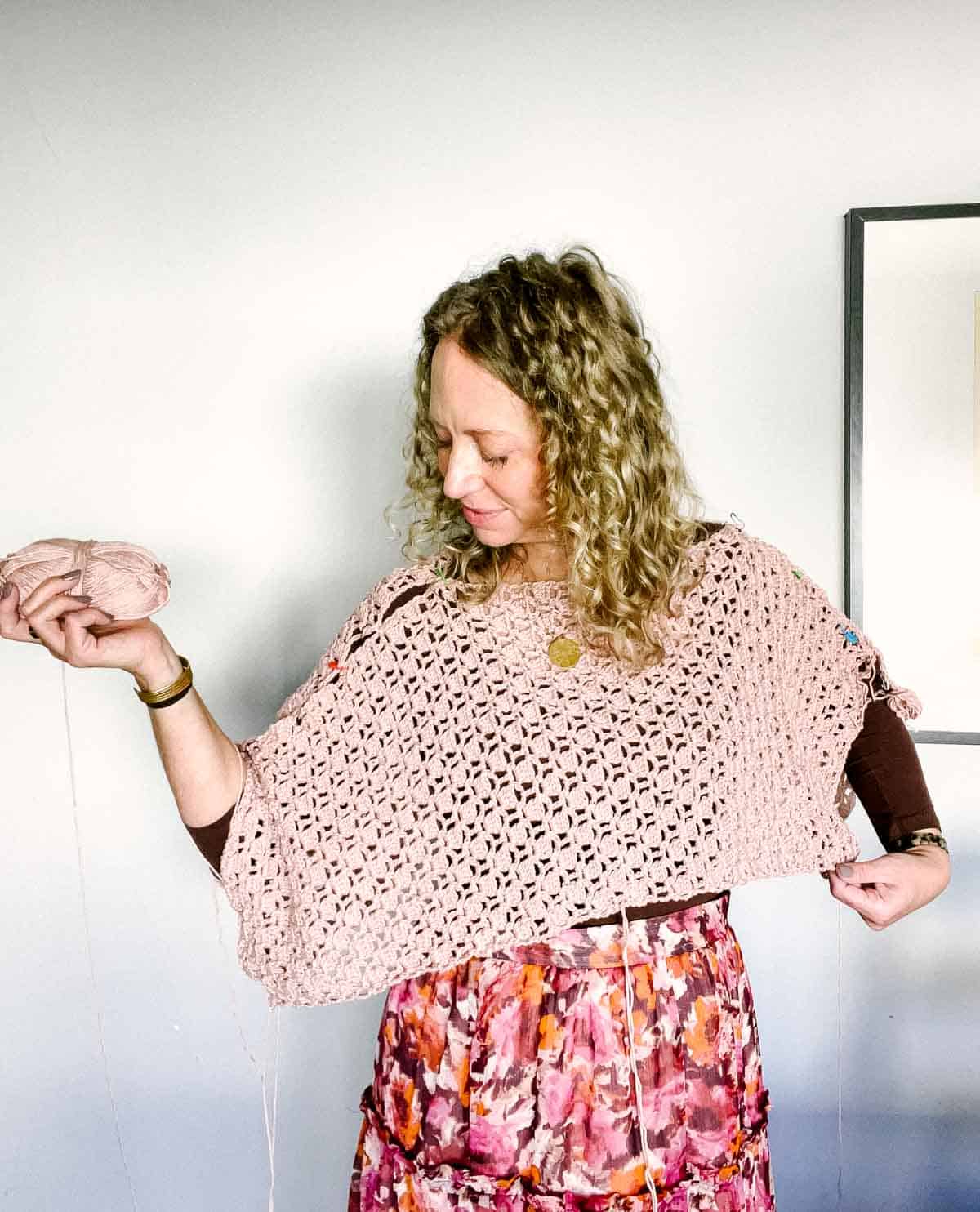
More Garments to Crochet
If you love crocheting cardigans, dresses, and other wearables as much as we do, here are some goodies to keep your hands and hook busy!
- 3 Day Crochet Raglan Pattern For Beginners + Video
- Cropped Hexagon Sweater - Free Crochet Pattern
- Nearly Seamless Crochet Cardigan - Easy Free Pattern
- Easy C2C Crochet Cardigan Pattern Made From Rectangles
- Taylor Swift Crochet Dress Pattern | Made From Granny Stitch Hexagons
- Mesh Crochet Pullover Pattern | Quick + Easy
That was so fun! Now what?
Invitation to our Facebook group
Come discuss crocheting swanchos and lots of other projects and techniques in our Make & Do Crew Facebook group. Here thousands of helpful crocheters answer each other's questions and share their stitches. Join us!

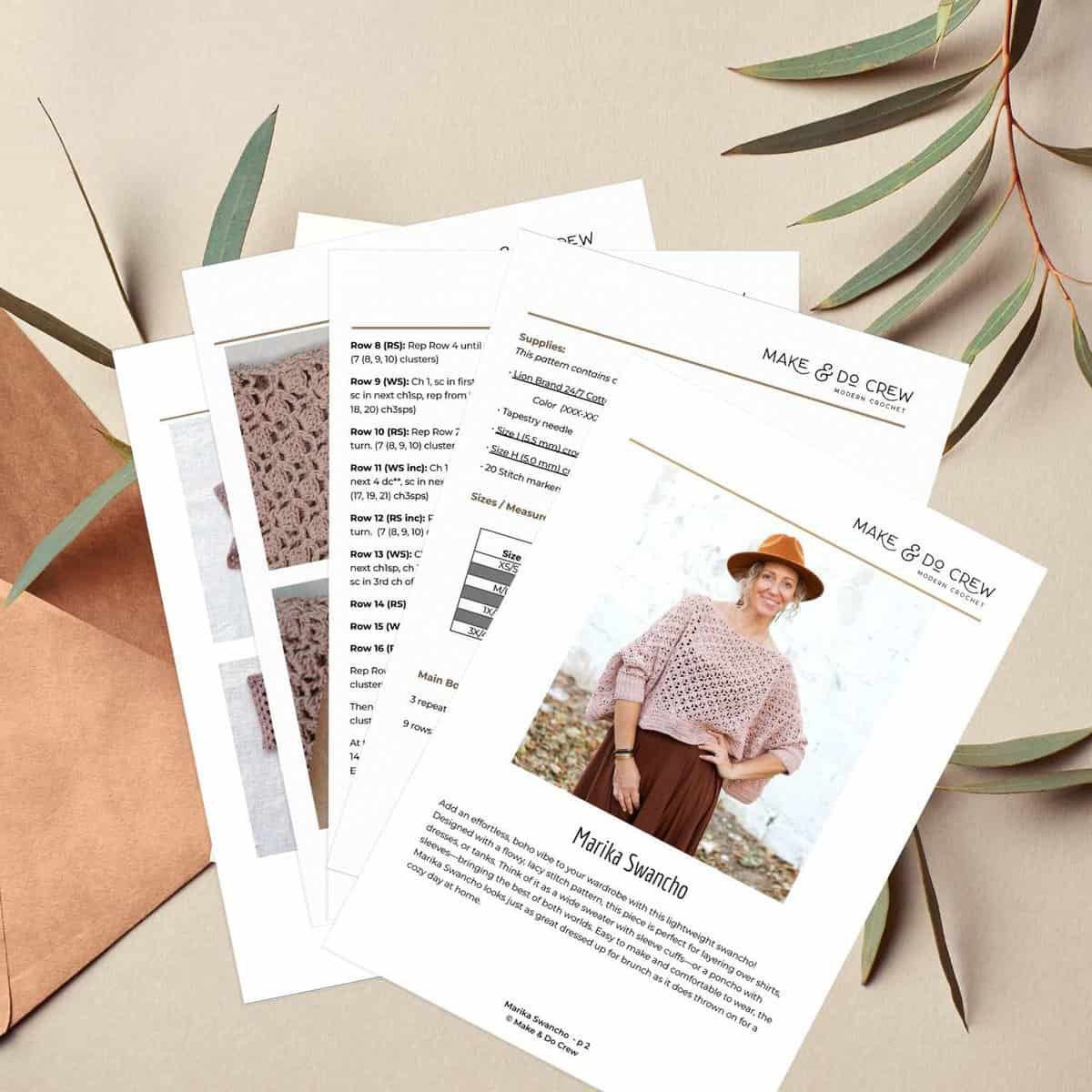

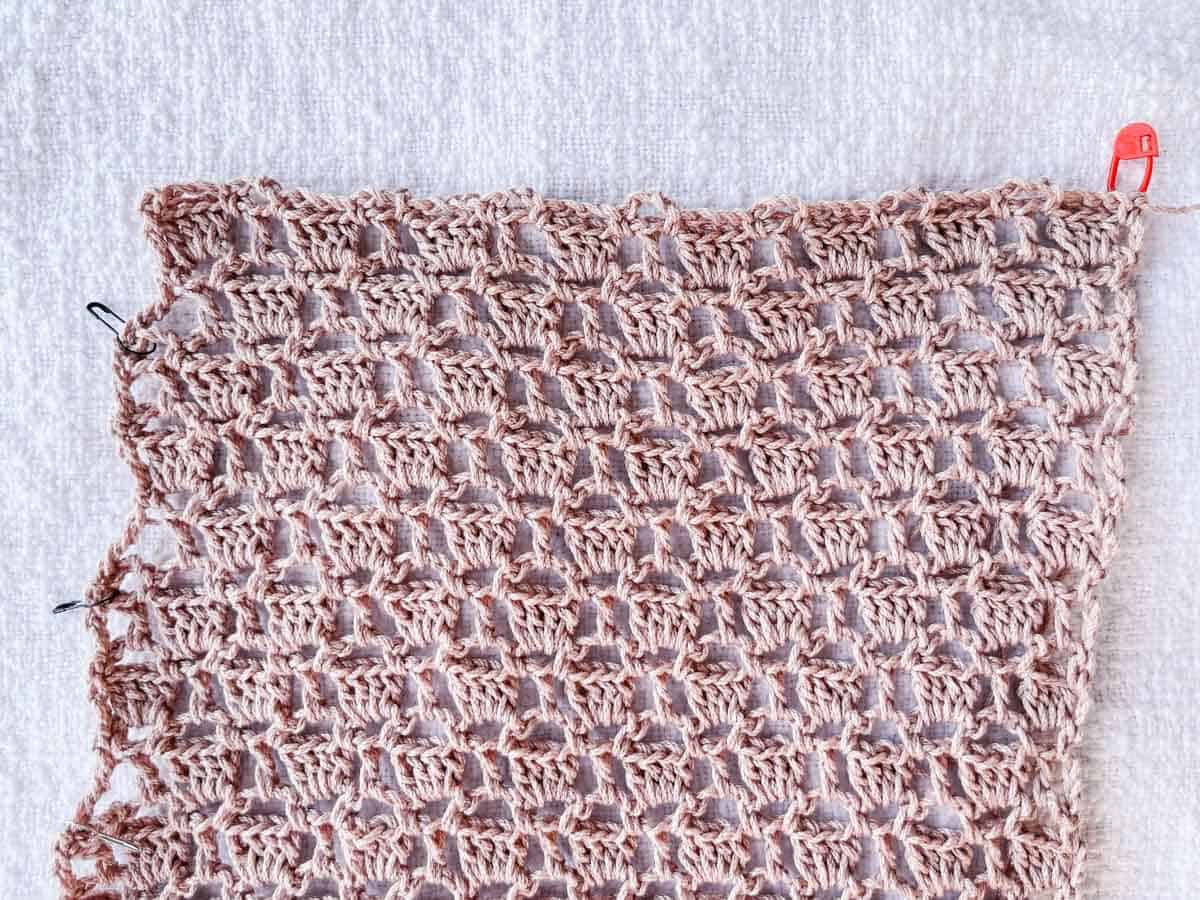
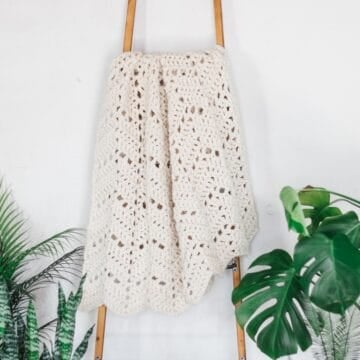
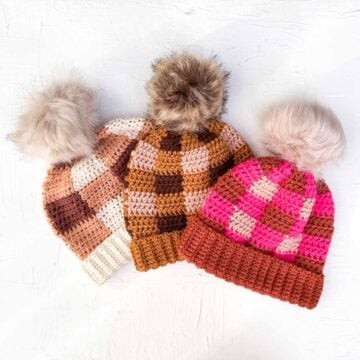
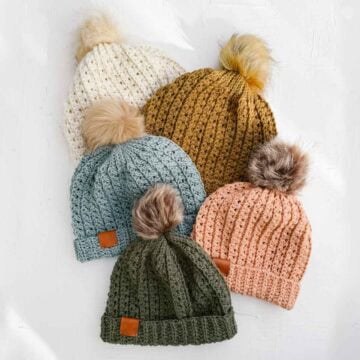
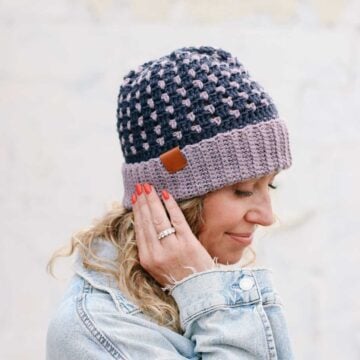
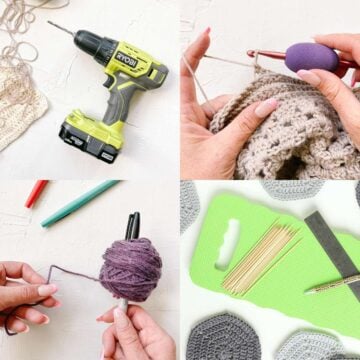
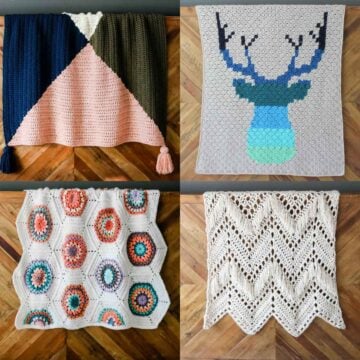

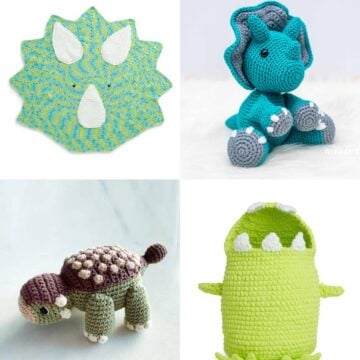
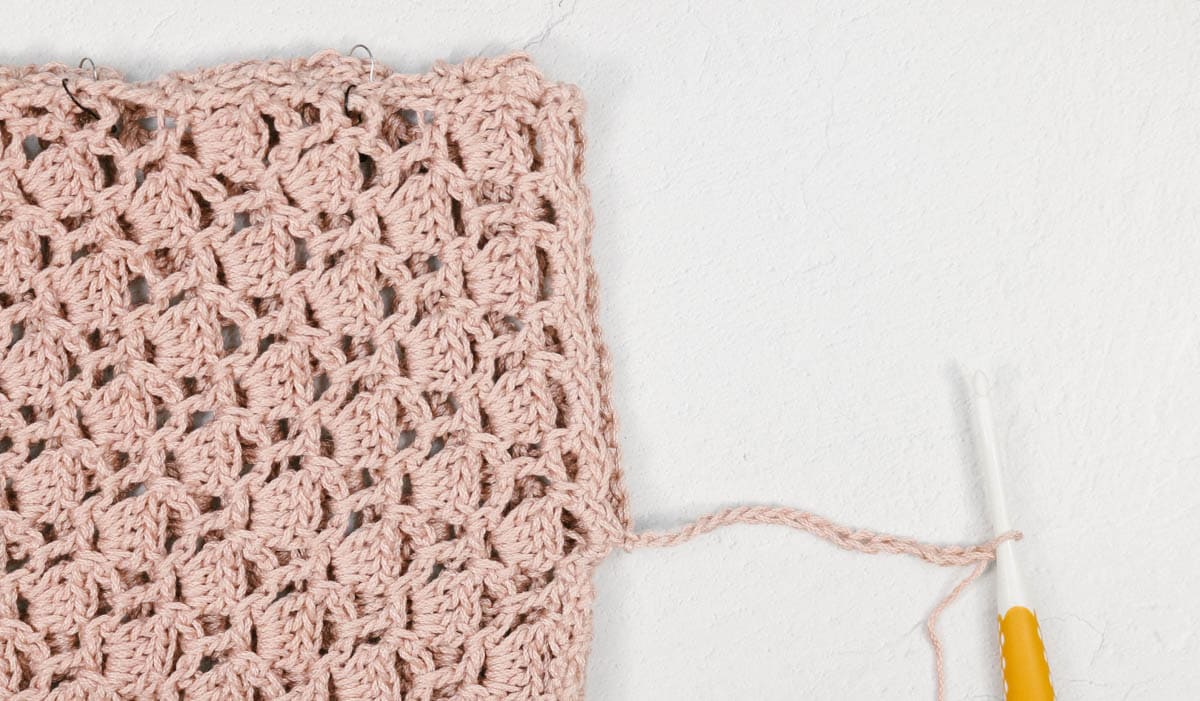
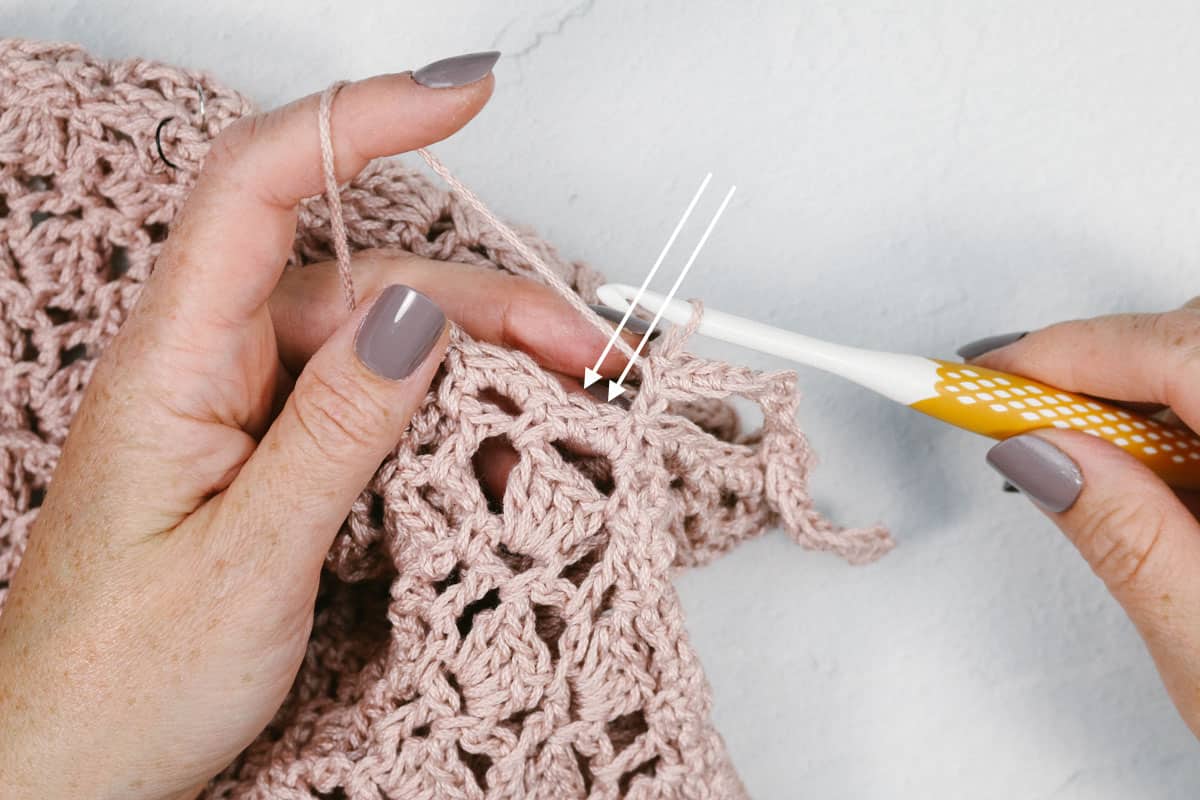
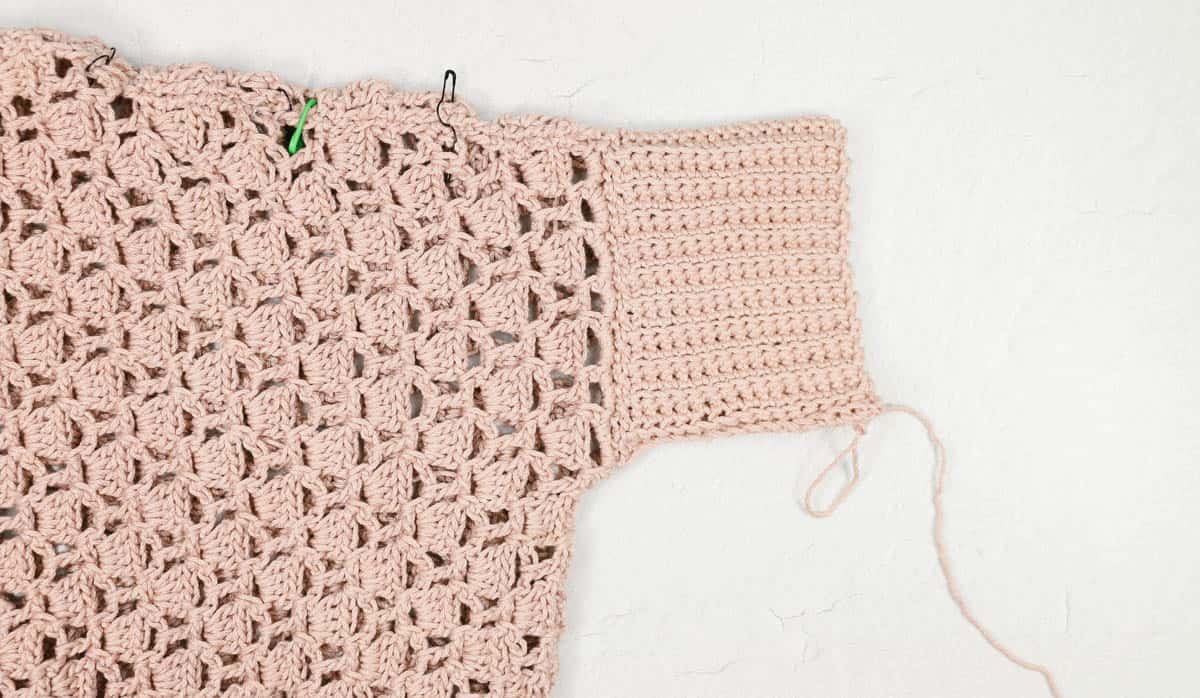
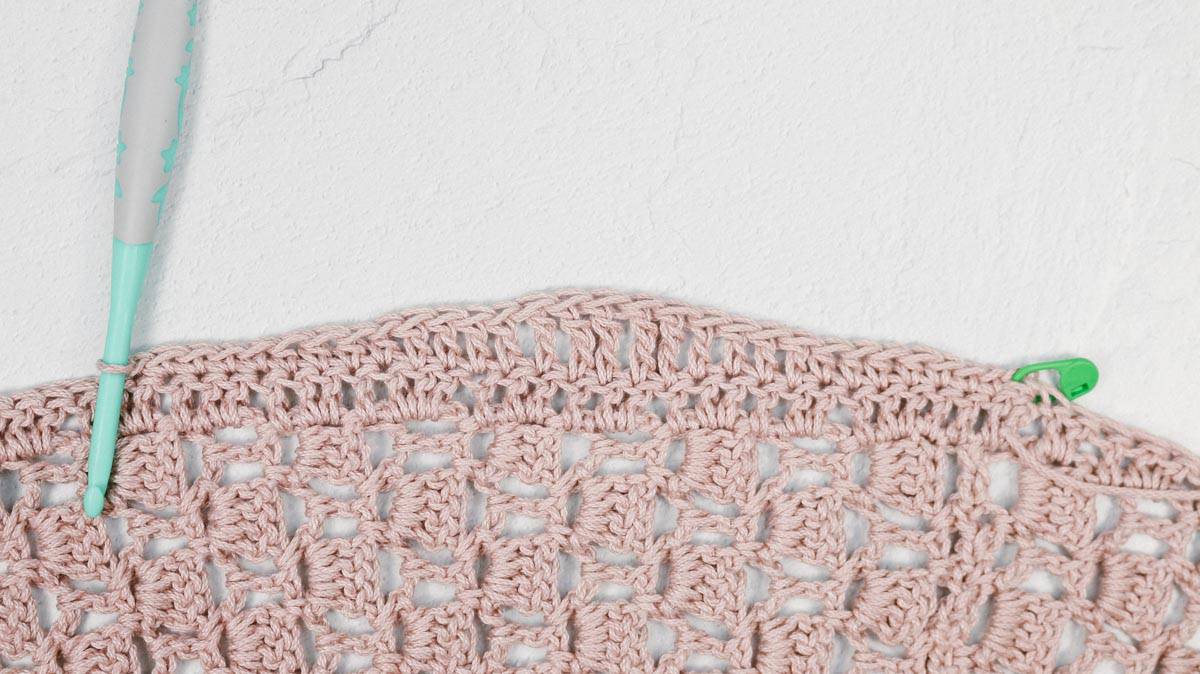

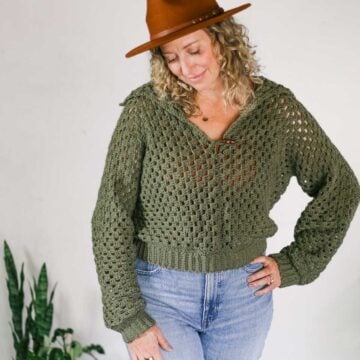
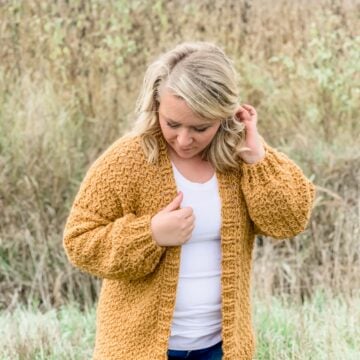
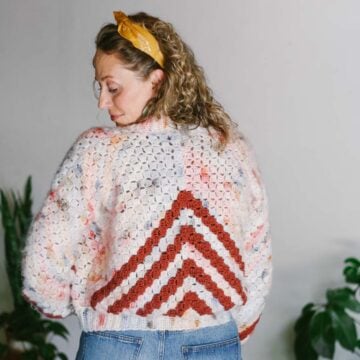
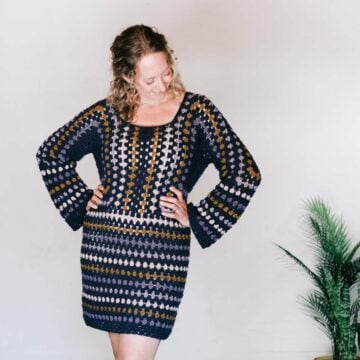
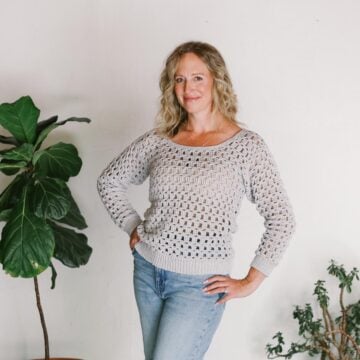
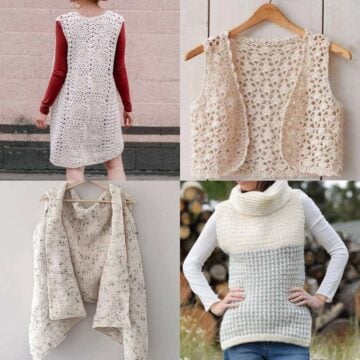

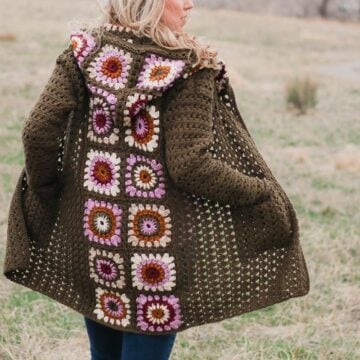

Leave a Reply